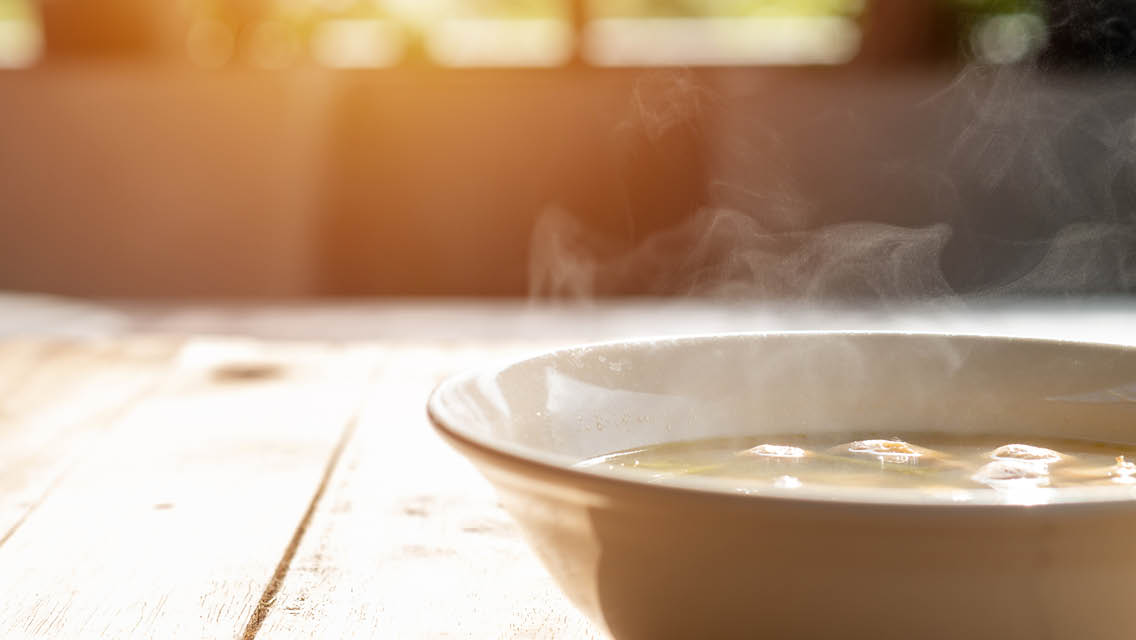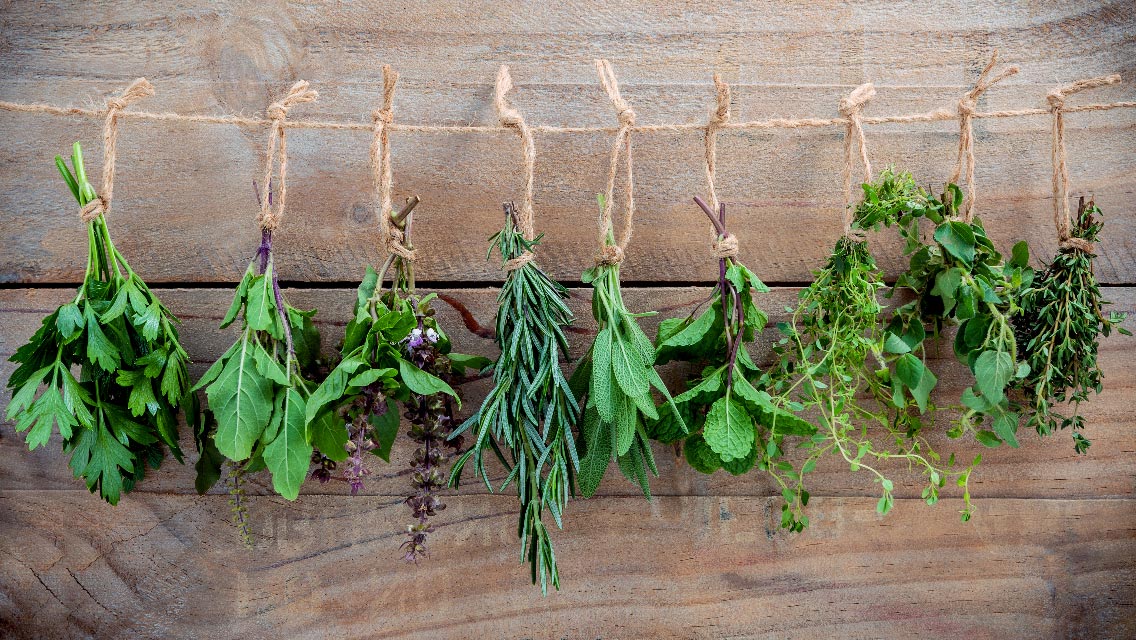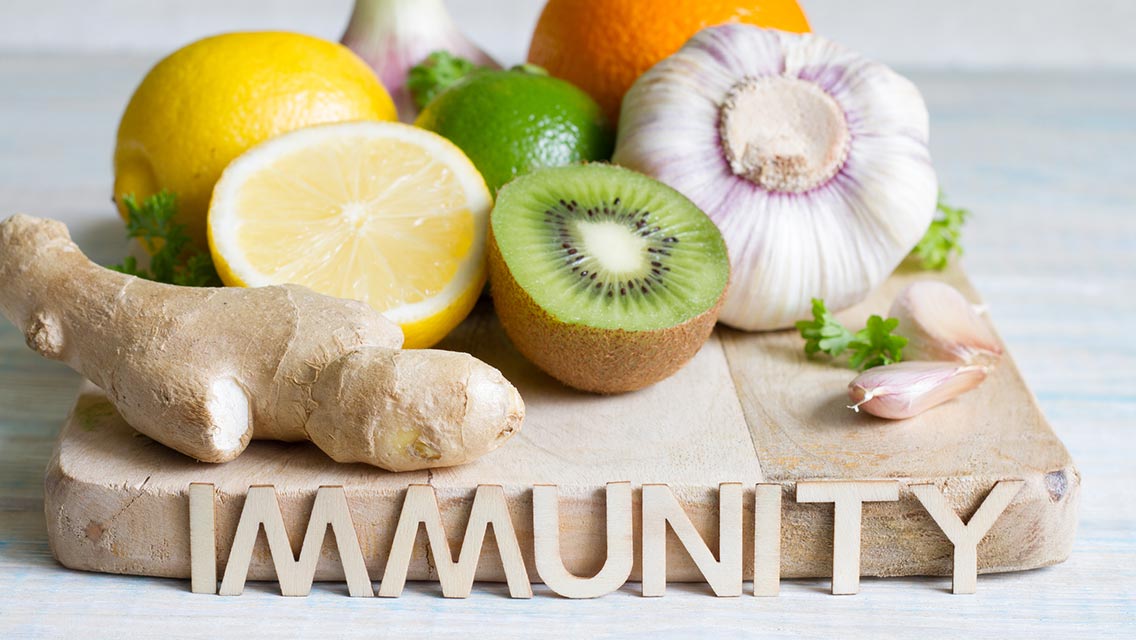“Ancient Chinese culture was largely agrarian, so they used a lot of words and concepts that were important to an agrarian society, like cold, dampness, wind, and heat,” explains Megan Odell, LAc, MS, acupuncture lead at the Penny George Institute for Health and Healing.
Symptoms of a common cold might translate to symptoms of wind and heat in TCM. Wind opens the pores of the body, allowing a pathogen to enter. And heat might express itself as yellow phlegm that looks like it’s been cooked down or as a burning sensation in the throat.
Using the principles of yin and yang, balance is restored by introducing the opposite qualities. “If someone is presenting in that wind and heat way, we’d have them eat foods that are more cooling in nature,” Odell explains “Their friends might be telling them to eat chili peppers and ginger, but if their cold is actually in the heat territory, they should be having cool things like peppermint.”
There are also colds that fall under the “cold” category, according to TCM, and those do benefit from stimulating spices. (For more about treating colds with TCM, see “11 Foods to Eat When You Have a Cold.”)
This was excerpted from “How Does Traditional Chinese Medicine (TCM) Support Your Health and Well-Being?” which was published in Experience Life.





This Post Has 0 Comments